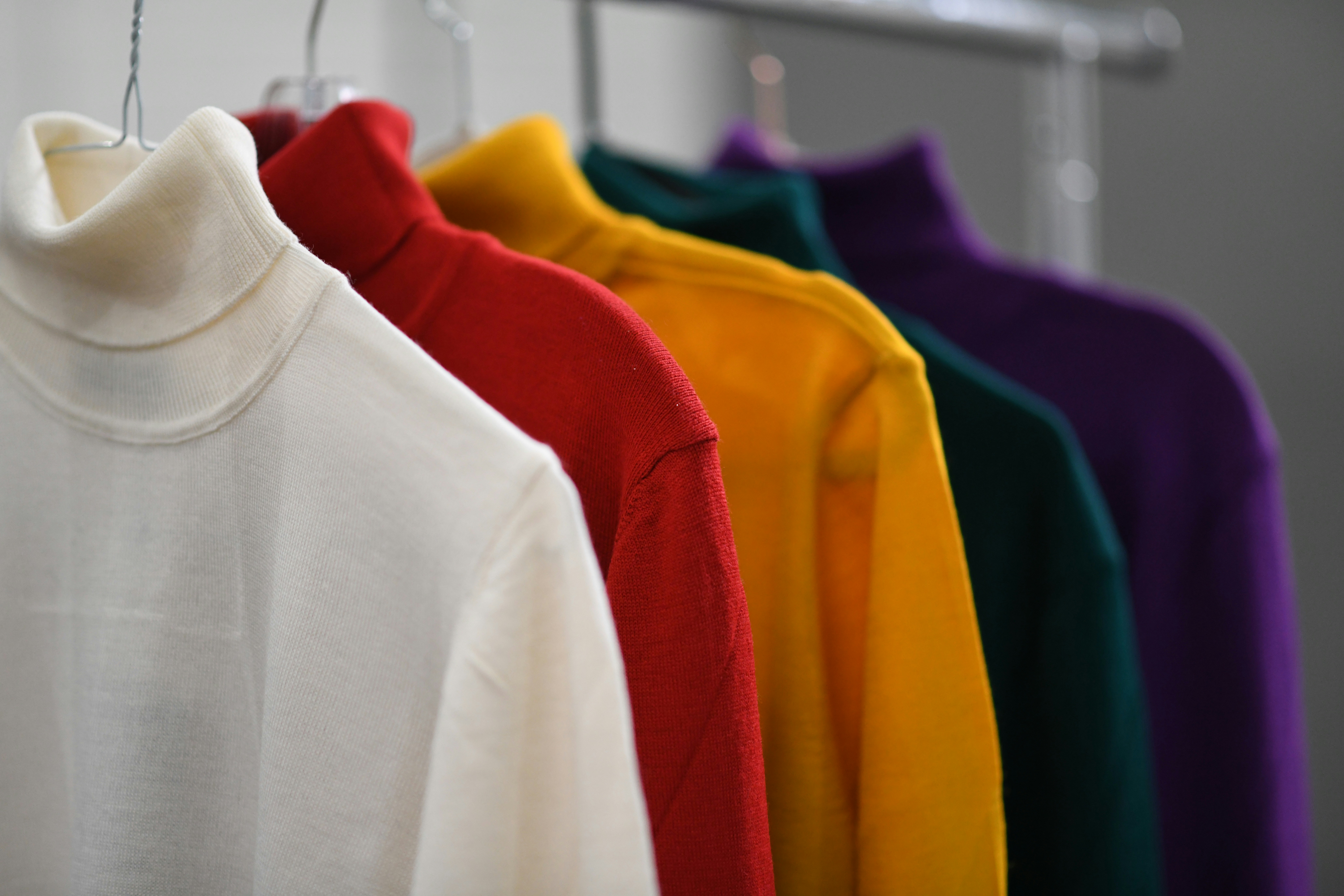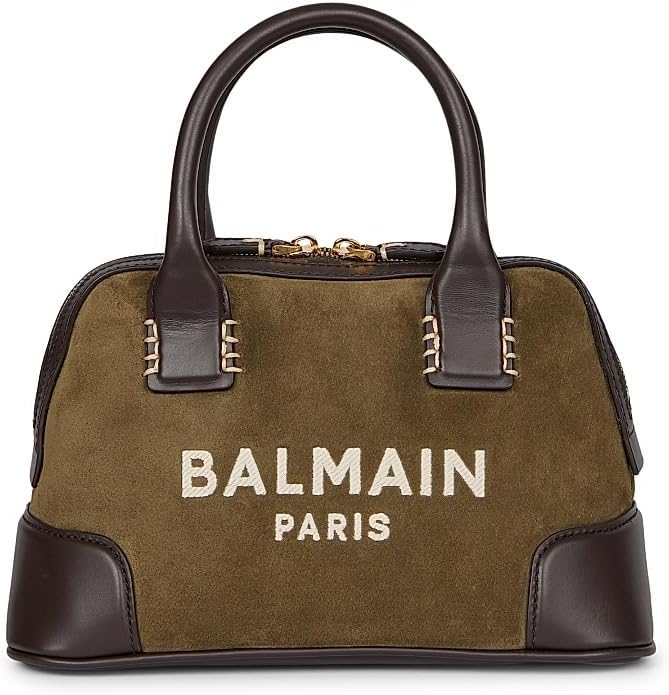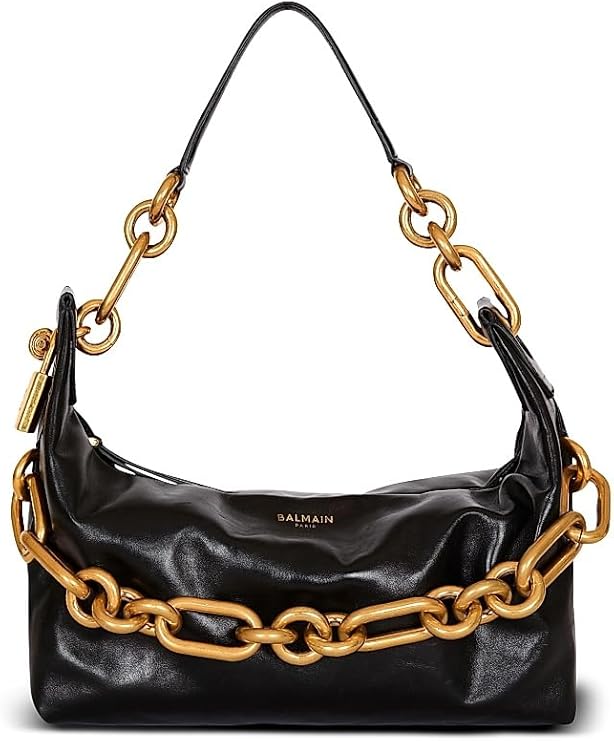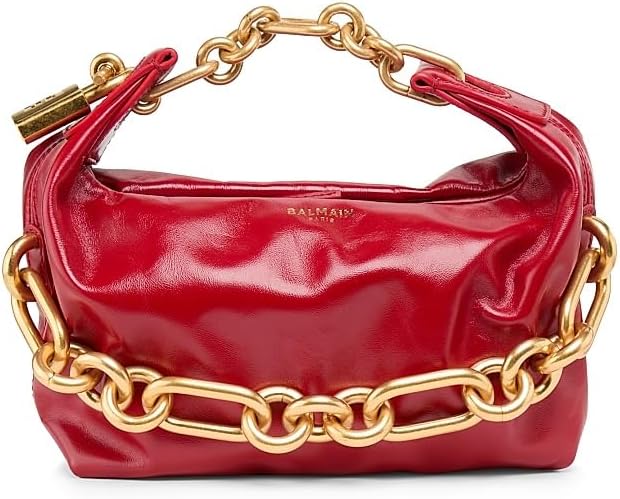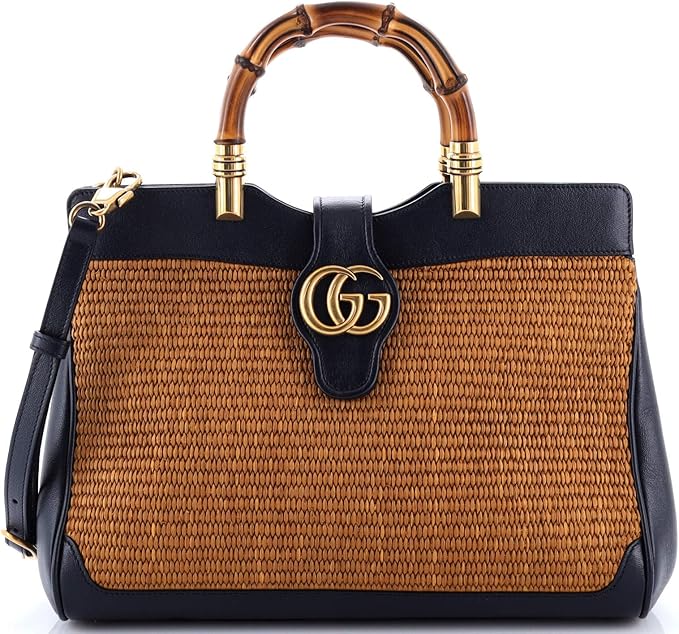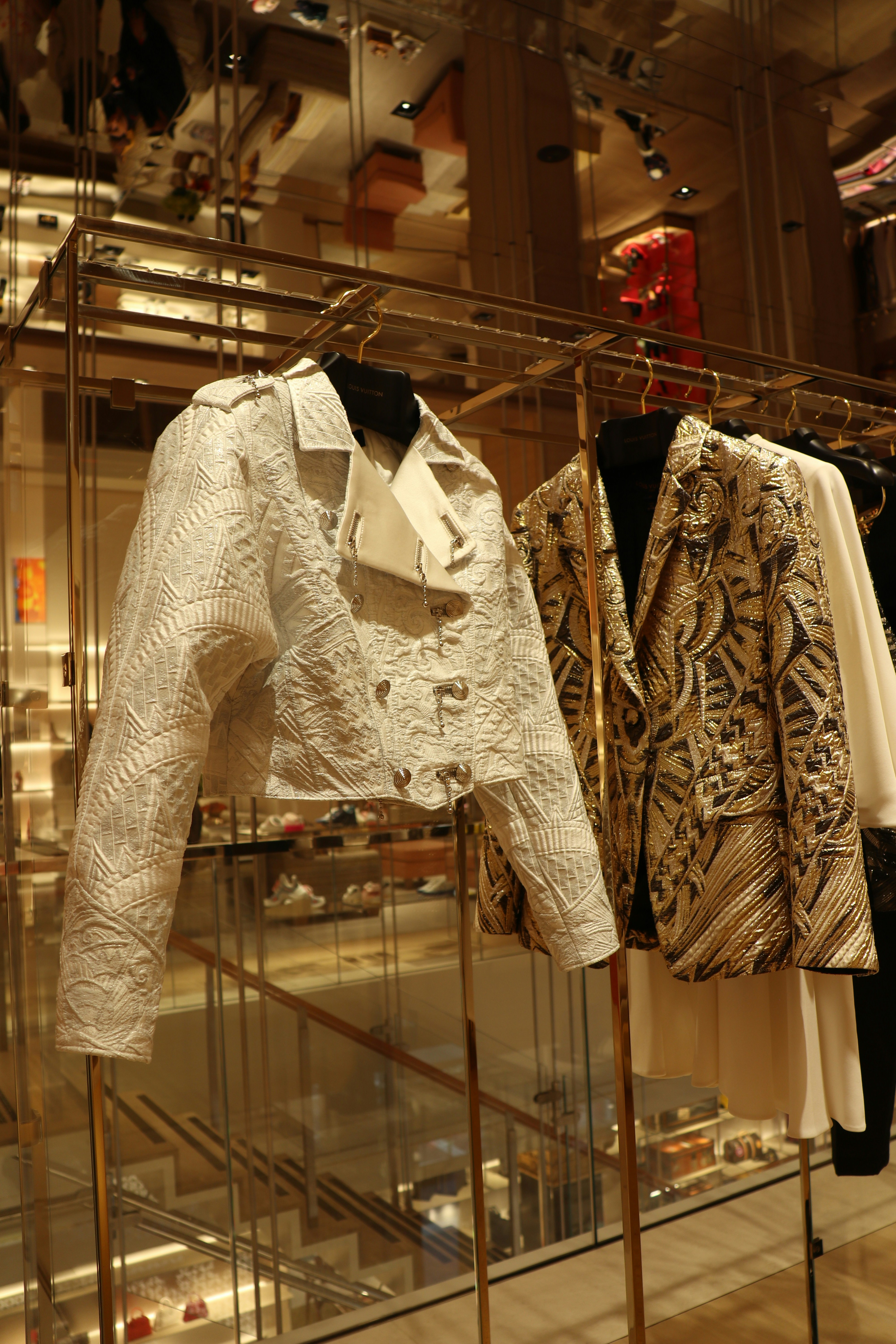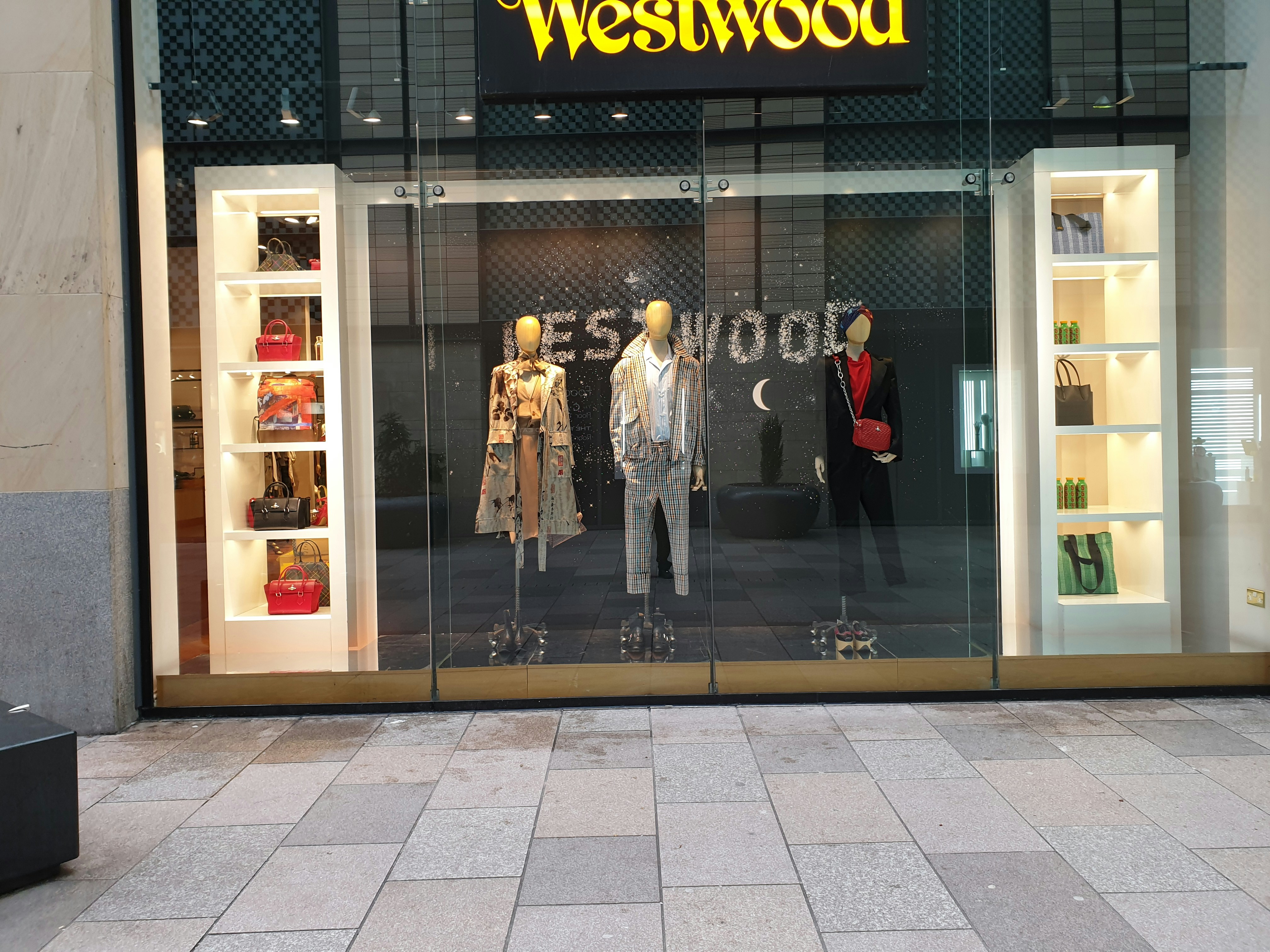The Origins of Benetton: A Legacy of Knitwear
Founded in 1965 by the Benetton family in Treviso, Italy, the Benetton brand emerged from humble beginnings as a small knitwear shop. The original concept revolved around producing high-quality garments, specifically focusing on woolen knitwear. The family’s commitment to quality craftsmanship and innovative designs quickly propelled Benetton beyond its regional roots. This small enterprise transformed into an international fashion powerhouse, reflecting a remarkable evolution that intersects with Italy’s rich heritage in textiles.
Knitwear has long held a significant place in Italian fashion, symbolizing both tradition and innovation. The Benetton family recognized the potential of knitwear not just as functional clothing, but as a medium for vibrant expression. This vision was embodied in the company’s distinctive use of bold colors, which set Benetton apart from competitors. The colorful woolen garments, particularly their iconic sweaters, gained popularity for their combination of style, affordability, and durability, reflecting the values of quality associated with Italian craftsmanship.
Over the years, Benetton expanded its production and embraced a range of bold designs, drawing inspiration from various artistic movements and cultural phenomena. This unique blend of creativity, quality, and vibrant color helped cement Benetton’s status as a beloved name in global fashion. The brand’s signature knitwear symbolizes more than just clothing; it represents a lifestyle and a commitment to individuality. As Benetton continued to adapt to changing fashion trends, its early roots in knitwear remained a cornerstone of its identity, fostering an enduring legacy that influences Italian fashion to this day.
Unpacking the Vibrant Aesthetic: Color and Design
Benetton’s exceptional approach to color and design has firmly positioned the brand as a significant player in the Italian fashion landscape. Since its inception in 1965, the company has embraced an ethos of boldness, utilizing bright hues that not only reflect the essence of the Italian spirit but also resonate with a global audience. The brand’s signature palette ranges from vivid yellows and greens to striking reds and blues, creating a visual appeal that captures attention and fosters emotional connections.
This distinctive use of color is more than mere aesthetics; it embodies the foundational principles of the Benetton brand. The vivacious tones serve to communicate a sense of optimism and joy, while the innovative textures further enhance the designs, allowing for a dynamic interplay that evokes interest and curiosity. Color, in this context, becomes a vehicle for storytelling, enabling consumers to engage with the collections on a deeper level.
Moreover, Benetton’s commitment to creativity extends beyond color alone. The brand’s designs are characterized by their unique silhouettes and patterns, which reflect both contemporary trends and timeless elements of Italian fashion. This fusion of modernity and tradition appeals to a wide array of consumers, from fashion-conscious youth to seasoned individuals seeking quality and style. The thoughtful integration of colors and textures not only enhances the design but also invites wearers to express their individuality through their choice of attire.
Ultimately, Benetton’s adeptness in utilizing color and innovative design elements plays a crucial role in establishing its identity. Each collection is a testament to the brand’s ability to evolve while remaining true to its Italian roots, thus creating a lasting impact on the fashion industry and fostering an enduring loyalty among its diverse customer base.
Benetton’s Impactful Social Campaigns: Fashion with a Message
Since its inception in 1965, Benetton has established itself not only as a pioneer in colorful fashion but also as a brand deeply committed to social issues. Through a series of bold advertising campaigns, Benetton effectively utilized its platform to address topics such as racial equality, environmentalism, and AIDS awareness. Each campaign is characterized by striking imagery and poignant messaging that challenge viewers to confront various societal dilemmas.
One of the most notable campaigns is the “Unhate” series launched in 2011, which depicted world leaders engaged in intimate displays of affection. This powerful visual aimed to promote peace and acceptance, compelling individuals to reconsider their prejudices and hostility towards one another. By using provocative imagery, Benetton successfully positioned itself at the intersection of fashion and social commentary, inviting customers to engage in important conversations regarding intolerance and division.
Additionally, Benetton’s commitment to addressing the AIDS epidemic in the 1990s through its “HIV Positive” campaign marked a significant moment in fashion history. Featuring models openly displaying their HIV-positive status, the campaign sought to reduce stigma associated with the disease while raising awareness about its impact on communities. This direct approach not only set Benetton apart in the retail landscape but also encouraged other brands to consider their roles in social advocacy.
The brand’s environmental initiatives, such as promoting sustainable fashion practices and highlighting the impact of climate change, further underscore Benetton’s dedication to corporate social responsibility. Through these campaigns, Benetton has successfully woven social activism into its brand identity, fostering a public perception that aligns fashion with a meaningful purpose. By addressing pressing issues through vivid advertisements, Benetton has demonstrated that fashion can indeed be an influential medium for change, thus contributing to the dialogue surrounding corporate ethics in the fashion industry.
The Rainbow Sweater: A Symbol of Diversity and Inclusion
Since its inception, the Benetton rainbow sweater has transcended mere fashion to become a powerful symbol of diversity and inclusion. Launched in the early 1980s, the iconic design features vibrant, colorful stripes that represent the rich spectrum of human identity and culture. The aesthetic vision behind this sweater was not only to produce a visually striking garment but also to ignite conversations about society’s diverse fabric. When wearing the rainbow sweater, individuals proudly showcase their commitment to inclusivity, making it an essential piece in wardrobes across the globe.
Historically, the rainbow sweater is linked to a series of bold advertising campaigns that championed social causes and addressed pressing issues, including racism, gender equality, and environmentalism. Such initiatives positioned Benetton at the vanguard of socially responsible fashion, reinforcing its identity as a brand that champions global unity. As a result, the rainbow sweater holds particular cultural significance, often worn during events advocating for LGBTQ+ rights and similar movements. Through these associations, the garment resonates deeply within communities striving for acceptance and equality.
Over the years, the rainbow sweater has evolved stylistically, adapting to changes in fashion while remaining true to its core message of inclusivity. New iterations have emerged, featuring updated textures, patterns, and materials that reflect contemporary tastes, yet the essence of diversity remains intact. Fashion enthusiasts and celebrities alike have embraced this sweater, further cementing its status as a timeless emblem of unity. Today, the rainbow sweater is not just a product; it embodies a movement, fostering connections among individuals while highlighting the importance of embracing differences. In conclusion, the continued significance of the rainbow sweater demonstrates its role as a vessel of change in the landscape of Italian fashion and beyond.

